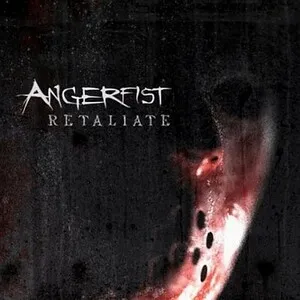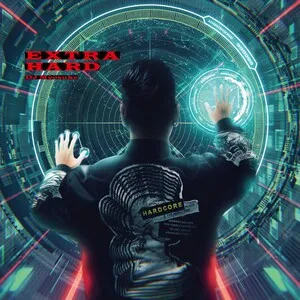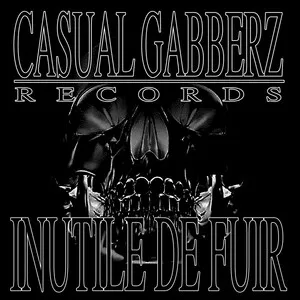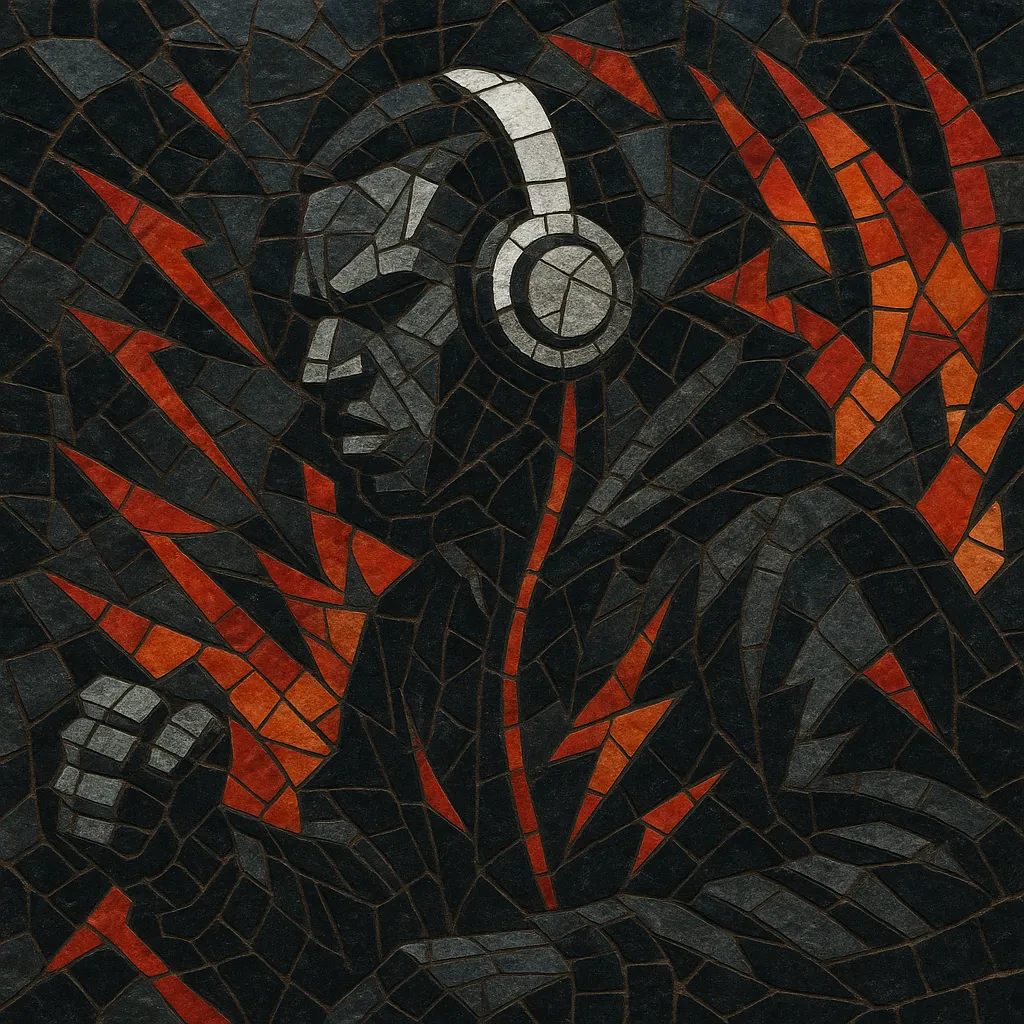
Your digging level
Description
Nu style gabber (often written as "newstyle gabber") is a late-1990s evolution of Dutch gabber/mainstream hardcore that slowed the frantic 180–200 BPM pace to roughly 150–165 BPM.
The extra space in the groove foregrounds a heavy, overdriven kick with a long, compressed tail, sharp off‑beat hi‑hats, and simple, memorable minor‑key riffs. Producers frequently incorporate chopped vocal stabs, MC shouts, and film or news samples to build tension and atmosphere.
Sonically it sits between classic 90s gabber and the first wave of hardstyle: it keeps the aggression and distortion of hardcore while adopting a more rolling, dance‑floor‑friendly swing and clearer breakdown/build‑up structures. This “bridge” character is why nu style gabber is widely cited as a direct precursor to early hardstyle, jumpstyle, and later nu‑style hardstyle.
History
After gabber’s mid‑90s peak in the Netherlands, parts of the scene trended toward a slower, more polished sound. Around 1997–1999, producers and labels associated with mainstream hardcore (Thunderdome, Masters of Hardcore, Neophyte Records, Traxtorm) began tempering the extreme tempos and emphasizing a thick, overdriven kick at 150–165 BPM, clearer arrangements, and catchy hooks. This shift was colloquially dubbed “newstyle” or "nu style gabber."
The nu style template—slower BPM, long distorted kick tails, tense breaks and big builds—proved ideal for the emergence of early hardstyle and jumpstyle in the Benelux. Many artists straddled lineups and labels, reworking their hardcore production approach into more anthemic, festival‑ready tracks. Italian imprints (e.g., Traxtorm) and Dutch powerhouses (Masters of Hardcore, Neophyte Records, Enzyme) helped consolidate the sound across Europe.
Purists sometimes criticized the slowdown as too commercial, yet the format carried hardcore to larger stages by making it more mixable and anthem‑oriented. The style retained harsh timbres and dark atmospheres, but with tighter breakdowns, more predictable phrasing, and riffs designed for collective chants and large‑room dynamics.
Nu style gabber directly informed early hardstyle’s reverse‑bass era and set the tonal palette and kick design that later morphed into nu‑style hardstyle and, eventually, rawer strains. Its DNA persists in modern hardcore/hardstyle festivals, where the balance of distortion, melody, and theatrical builds remains central.

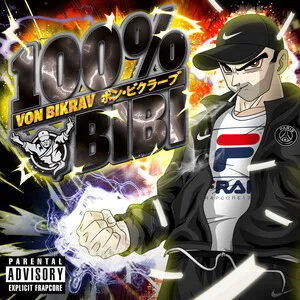
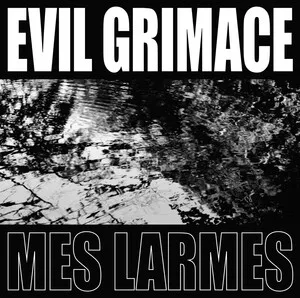
%2C%20Cover%20art.webp)
